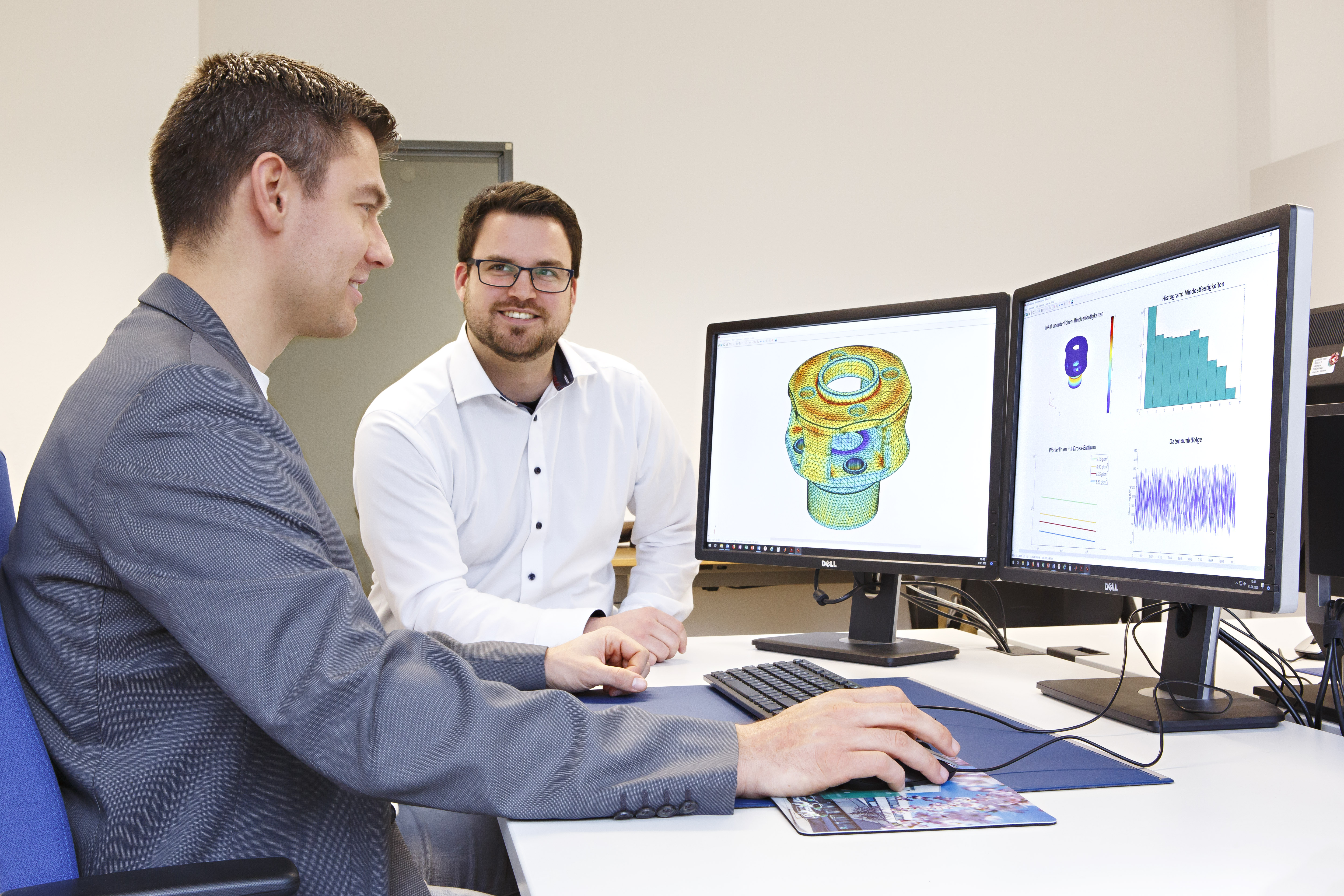In the case of new developments, such as hydrogen technology, the demands on the quality, safety and reliability of new products are particularly high. Another complicating factor is that the lack of empirical data on real loads and the long-term effects of hydrogen on the materials used means that the system and component design is sometimes subject to very large uncertainties and thus also safety factors. There is also a lack of specific adequate development, testing and validation possibilities. At the same time, in the context of ever faster development times in global competition, classic prototype tests under real operating conditions are a time-consuming factor.
In order to meet these high and diverse requirements, safe experimental development tools and realistic digital models are needed. The goal is to increase the prediction quality of the actual component and system behavior through suitable modeling in such a way that, among other things, the number of prototype systems can be reduced and physical validations can be replaced by simulations.
As part of the Hydrogen Performance Center Hesse "GreenMat4H2", Fraunhofer LBF scientists are developing modern experimental, numerical and cyber-physical simulation and validation methods. For example, environmental simulations under electrical and mechanical load are carried out for components and systems, in some cases on systems specifically developed for this purpose. Systems and subsystems, such as fuel cells, batteries or elements of an electric motor, are also emulated and digitized as virtual models. Load data, based on driving operation measurements, are introduced into digital simulation environments and cyber-physical test benches as combined mechanical and electrical loads, thus stressing the individual components and systems as realistically as possible. In this way, design-relevant parameter variants can be analyzed, evaluated and selected with a high degree of accuracy before physical prototypes, e.g. of vehicles, are created.
 High Performance Center - Green Materials for Hydrogen, Hesse
High Performance Center - Green Materials for Hydrogen, Hesse